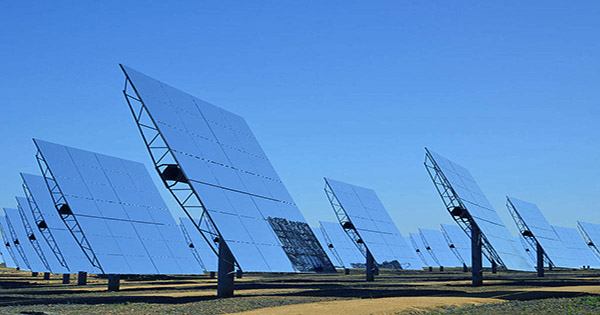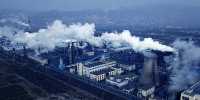Countries have gone into lockdown due to epidemics; urban skies around the world have been cleared; only those countries are back to normal business. Scientists saw an accurate opportunity to test the effects of pollution on the solar energy system and were amazed at how much difference the smoky wind makes.
Dr. Ian Marius Peters of Helmholtz-Institut Erlangen-Nürnberg for Renewable Energies said in a statement, “Delhi is one of the most polluted cities on the planet.” “Furthermore, the fact that India has tightened and abruptly locked up since the onset of the epidemic means that the reduction in air pollution has occurred suddenly, making it easier to detect.”Peters was already researching how much pollution and natural disasters could hamper solar production, with equipment at the U.S. embassy in Delhi providing the necessary baseline information.
In the Joule Journal, Peters reports that solar panels reached 950 watts/square in cloudless conditions in March 2020, compared to the equivalent date of 2017-2019 at 880 W/m2. The 6 percent difference may seem minor, but it is “equivalent to the difference between what a PV installation in Houston will produce compared to a Toronto one,” Peters noted.
This is especially noticeable because the pollution in Delhi was halved rather than completely disappearing. Peters said, “I’m hopeful I saw some difference, but I’m amazed at how clearly the effect was visible.”
Solar power has set a record in Europe in recent months, but reduced pollution needs to be isolated from unusually sunny springs. Study after study revealed the devastating effects of air pollution on health, falling on plants and animals as the cause of millions of deaths each year.
Peters ’work reveals a terrifying spiral. By reducing electricity rooftop solar panel production, urban smog maintains electricity demand from other sources, much of which comes from coal stations, adding more pollution, adding that solar farms located in a city’s tidal tide are having a similar effect. Moreover, anything that reduces solar production also slows down the economy of the panels, perhaps a greater obstacle to the application of clean energy to cities than the direct loss of production. A few cities may be as badly affected as Delhi but most are affected to a lesser degree.
Another research paper in the same edition of the journal paints a depressing picture of how the epidemic can slow the transition from cleaner energy to affect the ability of many organizations to invest in new technologies. However, the writers of that workload can be avoided with the help of proper policy settings. Research like Peters demonstrates how much the world can benefit from renewable energy. In this case, it makes it easier for each of the polluted pollutants to succeed in the solar system and burns more coal in their wake.
















